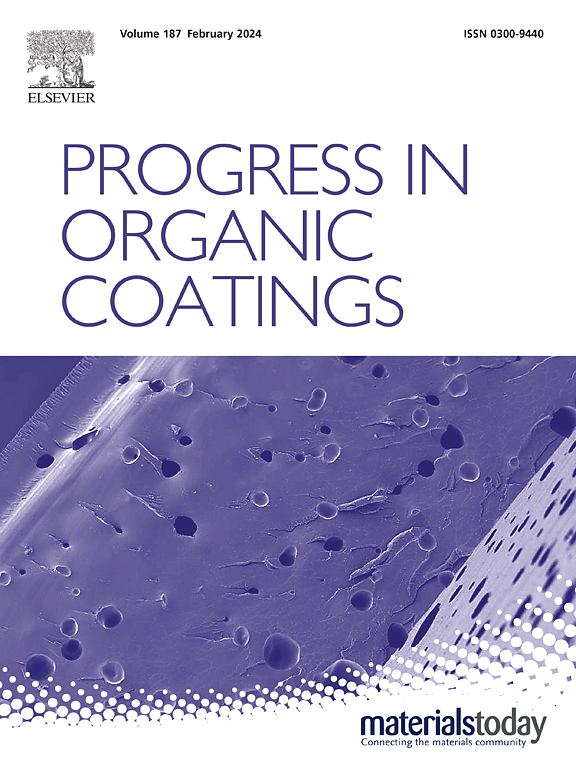Controlled microphase separation in polyurethane acrylate-based optically clear pressure sensitive adhesives
IF 6.5
2区 材料科学
Q1 CHEMISTRY, APPLIED
引用次数: 0
Abstract
Constructing fit-for-purpose overall properties in optically clear pressure sensitive adhesives (OCAs) is a prerequisite for achieving high-quality displays and remains challenging. Herein, we report a series of OCAs based on UV-curable polyurethane acrylate (PUA) copolymers with varied diisocyanates and average acrylate functionalities in the PUA prepolymer to unveil the impact of microphase structure on the overall properties of OCAs. Both simulation and experimental results suggest that OCAs based on diisocyanates with higher symmetry and rigidity show stronger hard-phase interaction, which further enhances adhesion. While OCAs based on alicyclic diisocyanates exhibit better optical properties than those based on aromatic diisocyanates, which can attribute to the lower refractive index of alicyclic hard phase. An increase of average acrylate functionality reduces the hard segment stacking near the crosslinking point and promoting phase mixing, which is confirmed by SAXS and FTIR experiments. However, the haze value of the related OCA is abnormally increased. It is tentatively inferred that chemical crosslinking has an opposite effect: it decreases the degree of microphase separation (which decreases haze value) yet amplifies scattering resulting from refractive index mismatch of the microphase (which increases haze value). This work provides design insights for balancing the overall performance of OCAs and further enabling high-quality displays.

求助全文
约1分钟内获得全文
求助全文
来源期刊

Progress in Organic Coatings
工程技术-材料科学:膜
CiteScore
11.40
自引率
15.20%
发文量
577
审稿时长
48 days
期刊介绍:
The aim of this international journal is to analyse and publicise the progress and current state of knowledge in the field of organic coatings and related materials. The Editors and the Editorial Board members will solicit both review and research papers from academic and industrial scientists who are actively engaged in research and development or, in the case of review papers, have extensive experience in the subject to be reviewed. Unsolicited manuscripts will be accepted if they meet the journal''s requirements. The journal publishes papers dealing with such subjects as:
• Chemical, physical and technological properties of organic coatings and related materials
• Problems and methods of preparation, manufacture and application of these materials
• Performance, testing and analysis.
文献相关原料
公司名称
产品信息
阿拉丁
diphenyl (2,4,6-trimethylbenzoyl) phosphine oxide (TPO)
阿拉丁
dibutyltin dilaurate (DBTDL)
阿拉丁
hydroquinone (HQ)
阿拉丁
4,4′-dicyclohexylmethane diisocyanate (HMDI)
阿拉丁
Isophorone diisocyanate (IPDI)
 求助内容:
求助内容: 应助结果提醒方式:
应助结果提醒方式:


